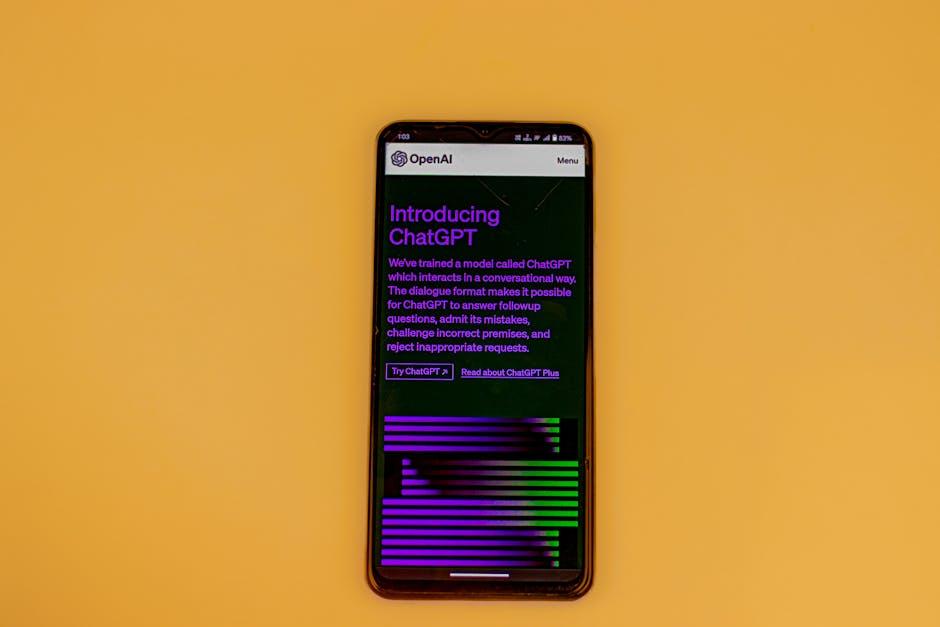The field of artificial intelligence (AI) has rapidly advanced in recent years, bringing with it the promise of immense benefits but also raising concerns about safety and ethics. OpenAI, a prominent AI research organization, has recently announced a new approach to address these concerns. They intend to share their AI models with the government and relevant stakeholders at an early stage to improve AI safety. However, this move has sparked a debate about whether it will genuinely enhance safety or potentially allow a single entity to dictate the rules of AI development.
OpenAI’s objective in sharing AI models early with the government is to buttress safety measures. AI systems have shown remarkable ability in generating human-like text, but they can also produce harmful and misleading content. OpenAI’s GPT-3, for example, generates highly plausible articles, but it can also generate false information or biased views. By involving governments in the early development stages, OpenAI hopes to ensure that AI models are designed with public interest as a priority and that necessary safeguards are in place to prevent potential misuse.
Proponents argue that involving the government in the development process will lead to more comprehensive policies and regulations regarding AI. Governments possess the legal authority to enforce regulatory frameworks, ensuring that AI systems adhere to ethical standards and do not indiscriminately harm society. By actively sharing information and collaborating with regulatory bodies, OpenAI aims to establish a collective effort towards AI safety, reducing the risk of AI technology being used to manipulate, deceive, or harm individuals or communities.
However, some skeptics worry that such early partnerships may grant the government excessive influence in shaping AI policies, effectively allowing it to “write the rules.” This concern arises primarily from the potential for regulatory capture, a situation where regulatory policies are unduly influenced by the entities they are meant to govern. In this scenario, close collaboration between OpenAI and the government could potentially lead to regulations that favor certain interests, stifling competition or innovation outside of their partnership.
To avoid such pitfalls, transparency and inclusivity will be vital. OpenAI has emphasized the importance of engaging with a wide range of external stakeholders and actively seeking public input to counterbalance any undue influence. By incorporating a variety of perspectives, including those from academia, civil society, and industry, OpenAI aims to prevent monopolistic control over AI development or the imposition of biased regulations.
Ultimately, the success of OpenAI’s approach will depend on finding a delicate balance between ensuring AI safety and avoiding regulatory capture. Striking this balance necessitates open dialogue, accountability, and public oversight. By sharing AI models early with the government, OpenAI seeks to collaboratively address the complex challenges surrounding AI, viewed as a common concern for society.
OpenAI’s decision to share AI models early with the government can be seen as a proactive step towards achieving responsible and safe AI development. While concerns about regulatory influence are valid, OpenAI’s commitment to transparency, inclusivity, and public engagement suggests a sincere effort to avoid undue concentration of power. By involving governments, researchers, and various stakeholders, OpenAI hopes to foster a robust and democratic framework for the future of AI, where collective wisdom and public interest guide the rules governing this transformative technology.

